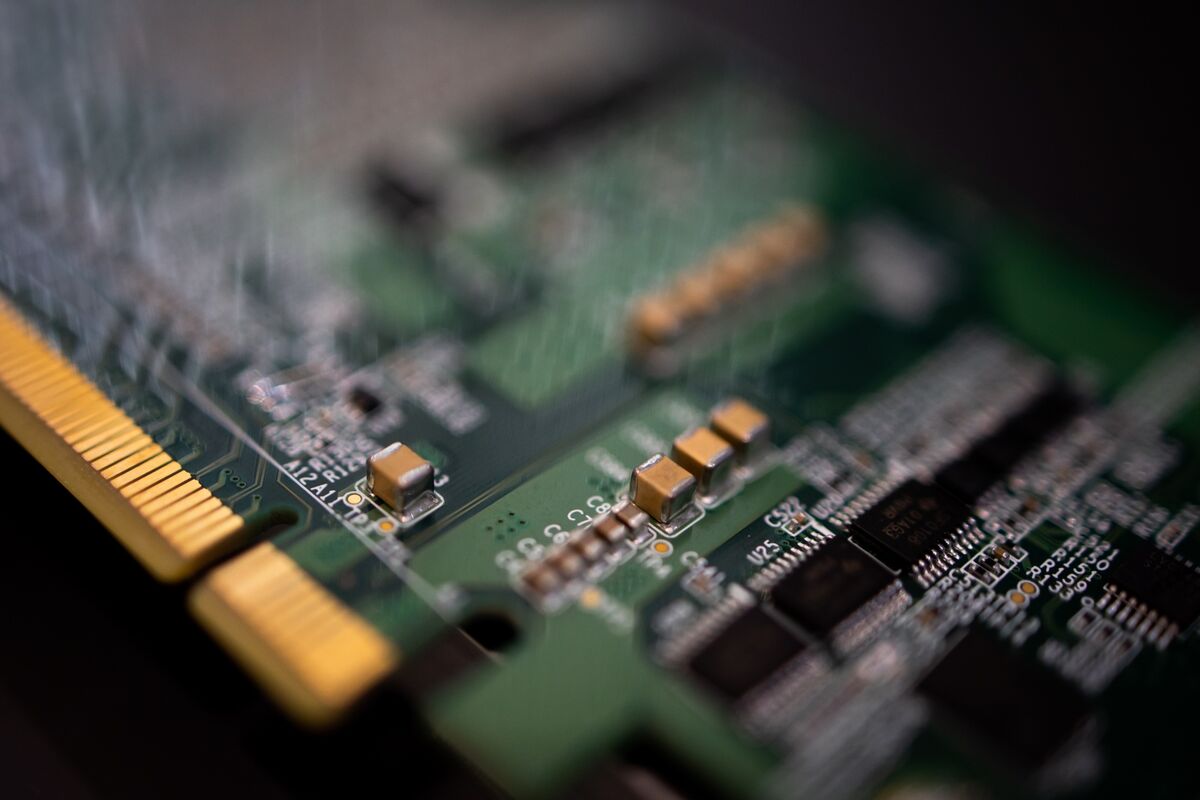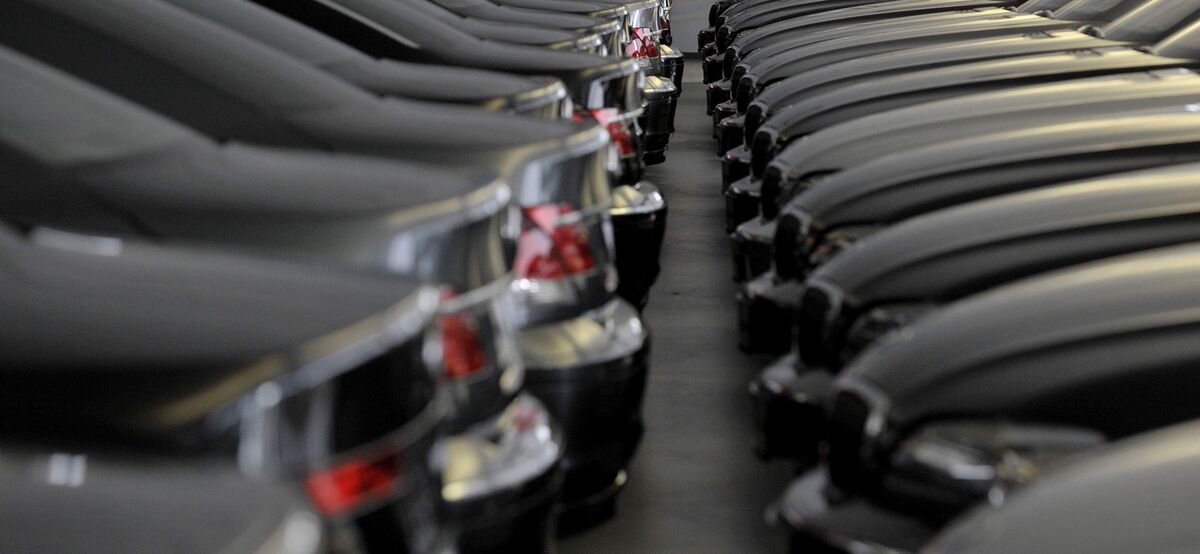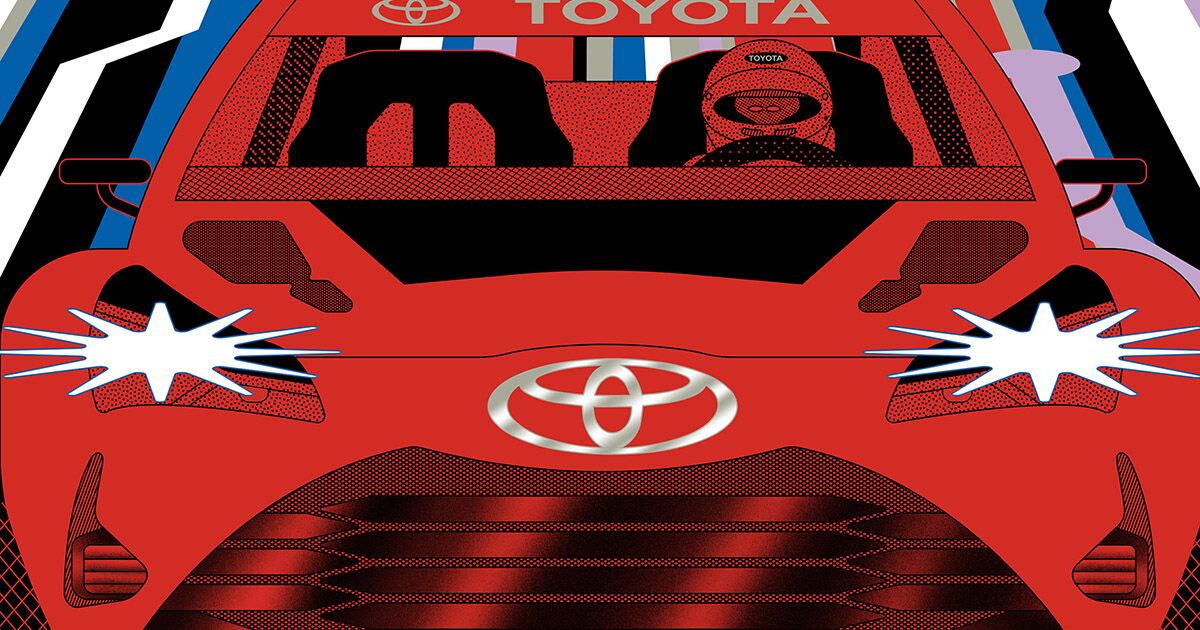The bottleneck is that these mature chip-making lines are running flat out. Wu says the pandemic drove such strong demand that manufacturing partners can’t make enough display drivers for all the panels that go into computers, televisions and game consoles -- plus all the new products that companies are putting screens into, like refrigerators, smart thermometers and car-entertainment systems.
There’s been a particular squeeze in driver ICs for automotive systems because they’re usually made on 8-inch silicon wafers, rather than more advanced 12-inch wafers. Sumco Corp., one of the leading wafer manufacturers, reported production capacity for 8-inch equipment lines was about 5,000 wafers a month in 2020 -- less than it was in 2017.
No one is building more mature-node manufacturing lines because it doesn’t make economic sense. The existing lines are fully depreciated and fine-tuned for almost perfect yields, meaning basic display drivers can be made for less than a dollar and more advanced versions for not much more. Buying new equipment and starting off at lower yields would mean much higher expenses.
“Building new capacity is too expensive,” Wu says. Peers like Novatek Microelectronics Corp., also based in Taiwan, have the same constraints.
That shortfall is showing up in a spike in LCD prices. A 50-inch LCD panel for televisions doubled in price between January 2020 and this March. Bloomberg Intelligence’s Matthew Kanterman projects that LCD prices will keep rising at least until the third quarter. There is a “a dire shortage” of display driver chips, he said.





